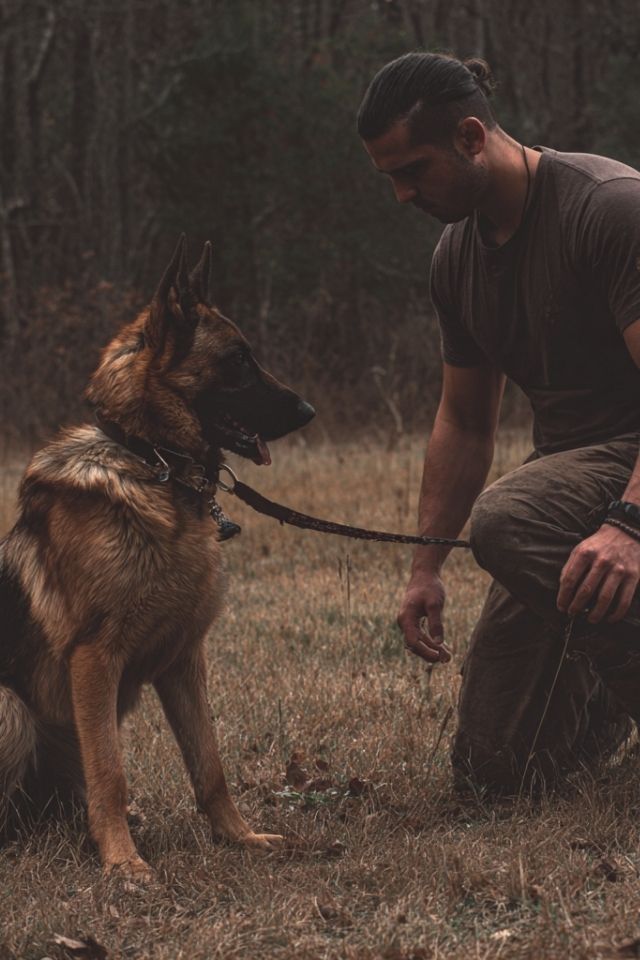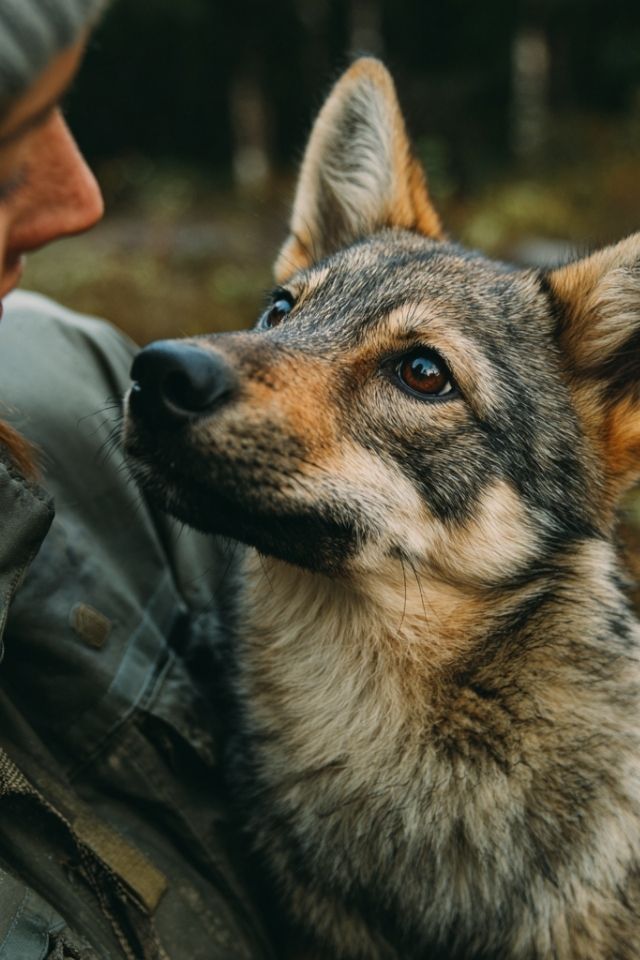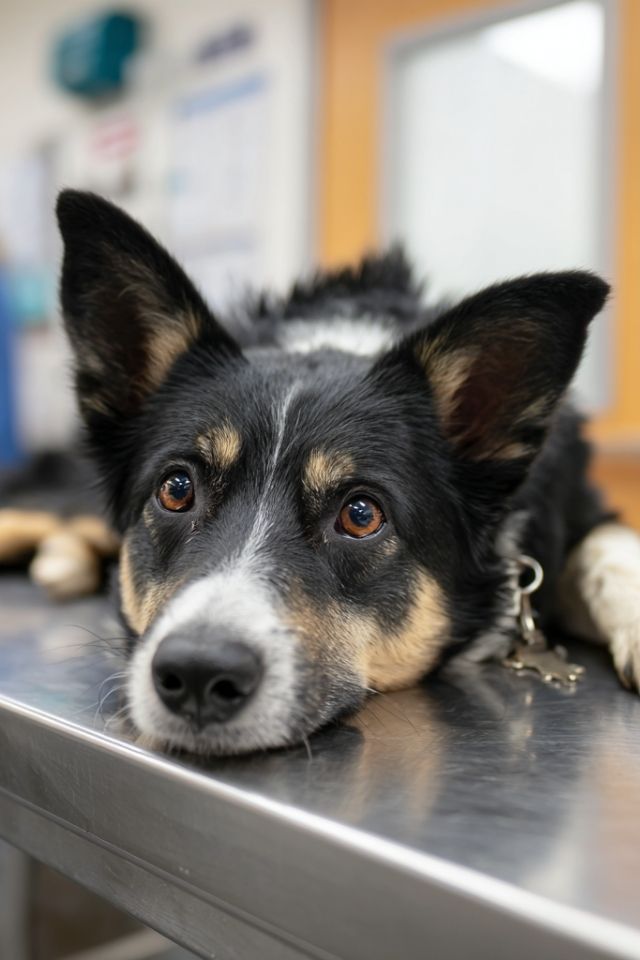Your adorable puppy who once hung on your every word suddenly has selective hearing. Commands mastered months ago seem like mere suggestions. Welcome to canine adolescence—a developmental stage that catches many dog owners off guard.
Just like human teenagers, adolescent dogs undergo profound neurological, hormonal, and behavioral changes between 6 months and 2 years of age (varying by breed). Understanding what’s happening inside your dog’s changing brain can transform frustration into patience.
The Adolescent Brain Under Construction
During adolescence, your dog’s brain literally rewires itself through synaptic pruning. Unused neural connections are eliminated while frequently used pathways are strengthened. The prefrontal cortex—responsible for impulse control and decision-making—undergoes rapid maturation, creating temporary instability in behavioral responses.
Think of it as renovating a house while still living in it. Behaviors your puppy performed reliably may temporarily become inconsistent as their brain reorganizes for adult functioning.
Heightened Sensitivity and Risk-Taking
The adolescent brain experiences increased neuroplasticity, making your dog extraordinarily sensitive to environmental influences. This manifests as sudden fearfulness toward previously neutral stimuli, overexcitement in familiar situations, or unpredictable responses. Your dog might suddenly bark at neighbors they’ve known since puppyhood or become overwhelmed at familiar locations.
Adolescent dogs also display increased risk-taking behaviors—not simple disobedience, but developmentally normal boundary exploration driven by an imbalanced brain where emotional centers mature faster than inhibitory control regions.
Communication Changes
Your adolescent dog’s communication style shifts significantly during this period. Puppy whines transform into deeper demand barks. You’ll notice increased vocalization overall—frustrated barking, alert barking at previously ignored stimuli, or breed-specific sounds like howling.
Body language evolves from simple puppy signals to nuanced adult communication. Your dog might display conflicting signals: a wagging tail with tense posture, or play bows followed by overly intense engagement. They’ll test social boundaries through selective deafness to familiar cues while responding to novel sounds.
Training Through the Teenage Brain
Training regression is real—recall, heel, and stay often deteriorate during adolescence because the developing prefrontal cortex struggles with impulse inhibition and sustained attention.
Working With Neurodevelopment
Instead of increasing pressure when commands fail:
Reduce criteria temporarily: Ask for a 3-second stay instead of 30 seconds
Increase reinforcement: Reward more frequently for partial success
Manage environment: Train in less distracting locations initially
Shorter sessions: Keep training brief but frequent
The Power of Predictability
Despite apparent rebelliousness, adolescent dogs desperately need structure. Their changing brains crave predictability. Establish consistent daily routines for meals, walks, and rest. Maintain clear household rules that don’t fluctuate with your frustration level. Provide predictable consequences and regular training sessions at the same times daily.
Building Resilience Through Choice
Offer structured choices to develop decision-making skills: which toy to play with, which direction to turn on walks (within safe parameters), which mat to settle on. This builds confidence while maintaining necessary boundaries.
Channeling Adolescent Energy
Your adolescent dog’s energy seems infinite, but channeling it appropriately is crucial for development.
Physical Exercise Balance
While adolescent dogs have significant energy, growing bodies require thoughtful exercise planning. Over-exercise damages developing joints and growth plates; under-exercise leads to destructive behaviors. The guideline of 5 minutes of exercise per month of age, twice daily, still applies but adjust based on individual needs.
Mental Stimulation is Critical
The adolescent brain craves novel challenges. Puzzle feeders, scent work, and trick training provide essential mental exercise. Consider nose work games, food-dispensing puzzles, new training challenges, and toy rotation to maintain novelty.
Social Learning
Carefully managed social interactions shape adult social skills, but heightened sensitivity means negative experiences can have lasting impacts. Prioritize controlled playdates with well-adjusted adult dogs, supervised interactions with patient humans, and positive experiences in various environments without overwhelming.
Nutritional Support for Brain Development
Rapid brain development requires specific nutritional support during adolescence.
Omega-3 Fatty Acids: DHA and EPA from fish oil support healthy brain development, optimal neurotransmitter function, improved learning, and better emotional regulation. Supplement with high-quality fish oil following veterinary recommendations.
Protein Requirements: Adolescent dogs need higher protein than adults but lower than young puppies (typically 22-32% dry matter). Look for named meat sources as primary ingredients with complete amino acid profiles.
Meal Management: Maintain consistent meal times despite changing appetite. Use meals as training opportunities and monitor body condition weekly, adjusting portions accordingly.
Health Considerations
Hormonal Influences
Sex hormones affect both behavior and health, contributing to increased cancer risk if not spayed/neutered appropriately, development of marking or roaming behaviors, and appetite fluctuations.
Growth-Related Concerns
Watch for lameness, unusual gait patterns, or joint sensitivity that could indicate growing pains, panosteitis, or dysplasia—particularly in large breeds.
Stress-Related Issues
Heightened stress sensitivity can manifest as gastrointestinal upset, skin conditions, suppressed immune function, or changes in appetite and elimination patterns.
Creating Supportive Environments
Safe Decompression Spaces
Every adolescent dog needs a retreat with comfortable bedding away from traffic, visual barriers, and consistent availability. Never use these spaces for punishment.
Environmental Management
Proactively prevent regression by removing temptations, using baby gates to limit access, providing appropriate chew toys, and maintaining clear pathways to elimination areas.
Breed-Specific Considerations
High-Drive Working Breeds (Border Collies, German Shepherds) experience particularly challenging adolescences with extreme frustration, redirected behaviors, and pronounced training regression. They benefit from structured activities engaging their working instincts.
Giant Breeds experience prolonged adolescence, sometimes until 3 years, requiring extended patience and careful exercise management.
Independent Breeds (terriers, sighthounds) amplify boundary-testing during adolescence, requiring creative motivation strategies and respect for their need for choice within boundaries.
When Does It End?
Most dogs show significant improvement by 18-24 months, though some breeds continue developing until 3 years. Watch for increased focus, better impulse control, more consistent responses, decreased reactivity, and stabilized energy levels.
Improvement is gradual—expect good days interspersed with challenging ones, with good periods gradually lengthening. Skills return in the order they were originally learned.
When to Seek Help
Consider consulting a certified trainer or veterinary behaviorist if aggression emerges or escalates, anxiety seems extreme, training regression persists beyond expected timelines, or you feel overwhelmed.
The Bottom Line
Your adolescent dog isn’t giving you a hard time—they’re having a hard time as their brain undergoes massive reconstruction. The regression, fearfulness, and selective hearing aren’t signs of a “bad dog” or failed training. They’re evidence of a developing brain integrating adult capabilities.
Dogs who successfully navigate adolescence with supportive owners show better problem-solving abilities and stress resilience throughout their adult lives. The structured patience you provide now, the boundaries you maintain with compassion, and the bond you protect despite challenges—these investments yield lifetime returns.
Your adolescent dog is writing their adult story right now. With your patient guidance, it’s going to be a beautiful one.






